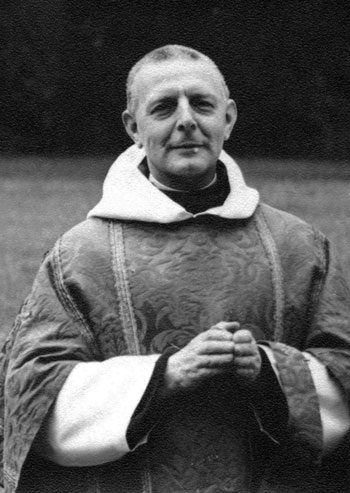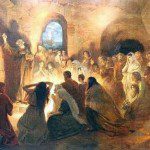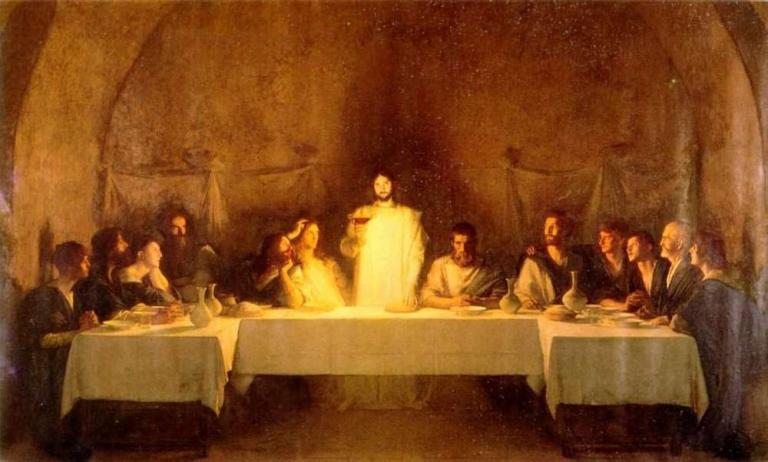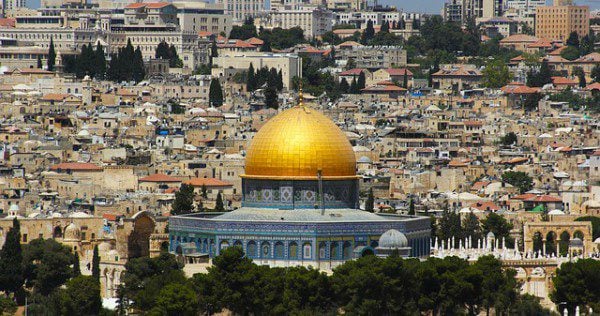We continue our series looking at two books on the history of the liturgy and Eucharist. Today we pick up where we left off in Dom Gregory Dix, The Shape of the Liturgy (1945).
- The Eucharistic prayer
- Diversity of form but fundamental identity of meaning were the marks of the local tradition everywhere.
- “As the Word of God Jesus Christ our Saviour was made flesh and blood for our salvation, so also we have been taught that this food ‘eucharistised’ by a formula of prayer which comes from Him . . . is the flesh and blood of that Jesus Who was made flesh” ( 1, 66)
- “Jesus said, ‘Do this for the anamnesis of me” ibid.
- anamnesis is the past coming into the present, as Jews believed took place every Passover. It was also thought of as being lifted up into eternity, a sacramental time in heaven, where the High Priest Messiah is “now appearing in the presence of God on our behalf” (Heb 9.24; 9.12, 14).
- More common in Roman writers than elsewhere in pre-Nicene times, it has the sense of “re-calling or re-presenting before God an event in the past, so that it becomes here and now operative by its effects. 161
- Not by way of repetition but re-presentation of the same offering by the church.
- Cyprian: “”The passion is the Lord’s sacrifice, which we offer” ( 63, 17)
- Bishop Serapion (353-360): “For to Thee we have offered this living sacrifice, this unbloody oblation.” 163
- “Let thy holy Word come upon this bread that the bread may become the Body of the Word, and upon this cup that the cup may become Blood of the Truth.”
- “Make all who partake receive a medicine of life, for the healing of every sickness.”
- This was considered medicine for the body and the soul. 169
- “The sacrifices which are offered to God by us gentiles everywhere, that is the bread of the eucharist, and the cup likewise of the eucharist” (Dialogue, 41)
- “He desired not so much to eat as to suffer that he might deliver us from suffering by [our] eating” (Hip., On the Pascha5)
- Some Eucharistic rites, like Addai and Mari (Syrian rite possibly from 3rd Edessa), had no narrative of institution.
- It was addressed not to the Father but to the Son, as were three Ethiopic liturgies.
- Then there is an address to the Trinity, perhaps a later addition. 181
- What is universal is thinking of the eucharist s sacrifice.
- The liturgy of St James (early 5th, possibly an expansion of the 4th c. rite of Jerusalem).
- “We offer Christ sacrificed for our sins, propitiating God who loves mankind on their behalf as well as our own.” 195
- In the East it was believed that there is special efficacy for prayers in the presence of the Blessed Sacrament.
- What is missing, here and in Addai and Mari, is mention of the theology of communion.
- This led to the non-communicant piety of the Byzantines and the later middle ages in the Western church.
- Behind the local tradition
- It is a medieval and modern myth that there was a single apostolic or sub-apostolic text of a Eucharistic prayer.
- What was fixed and immutable instead was the outline or shape: offertory, prayer, fraction, communion.
- What our Lord instituted was not a service or something said, but an action, something done, the continuation of a traditional Jewish action but with new meaning. 215
- The new meaning was that this action was to be done “for the anamnesis of Me.” The consequence was that “This is My Body” and “This cup is the New Covenant in My Blood.”
- This shape went back to the end of the first century, perhaps the last years of the apostolic generation.
- What formed the chief content of the prayer that gave meaning to the action?
- Opening address and “Naming” of God
- The name eucharist, thanksgiving
- To be followed by a series of thanks and praises
- On themes: creation, incarnation, redemption 219
- The old meaning that Our Lord had done this at the last supper.
- Retention of dialogue between host and guests: “Let us give thanks”
- New Christian meaning for the old berakhah (blessing) 215
- Three main periods in the early history of the Eucharistic prayer
- Late 4th-early 5th By borrowing and adaptation all the rites of the great sees are evolving toward a general uniformity of structure and content
- Behind this is period from late 2nd thru early 4th cs: considerable variety in both structure and contents of the local traditions of prayer
- Further back is late 1st and early 2nd cs: even here there was a multiplicity of meanings in a single action. 237
- What grew was the meaning drawn from the words, “Do this for the anamnesis of Me.”
- The meaning of the Eucharist
- Anglicans are forbidden to think that Christ is freshly destroyed or eaten 241
- Before the end of the apostolic age it was understood that X’s sacrifice was something that began with His Humanity and which has its eternal continuance in heaven
- Heb 10.5 “When he comes into the world He says, . . . .You have fitted a body for me . . . Lo, I come to do your will, O God”
- Heb 9.12, 24: “By his own blood He entered the Holy Place . . . into heaven itself, now to appear in the presence of God for us.”
- Calvary here is the final moment, the climax of the offering of a sacrifice whose opening is at Bethlehem, and whose acceptance is the resurrection and ascension. 242
- The anamnesis is not of his death only but “of Me”—of the Redeemer in the fullness of his offered Self, and work and life and death, perpetually accepted by the Father in the world to come. 243
- Bec the eucharist is an action, and the church in doing that action is simply X’s Body performing His will, the Eucharistic action is necessarily His action of sacrifice, and what is offered must be what He offered. 246
- The early church took the “Body of Christ” as both itself and the sacrament, and in both senses an absolute truth and not merely a metaphor.
- In the early church there was only one eschaton, one coming, coming to the Father of redeemed mankind, which is the realization of the Kingdom of God. That Kingdom is realized in its fullness in the sacrifice of X and its acceptance, of which the eucharist is the anamnesis. The eucharist is the contact of time with the eternal fact of the Kingdom of God through Jesus. In it the church within time continually enters into its own eternal being in that Kingdom, “in Him,” as Body of Christ, through his act.
- This is plain from the language of the early liturgies 265
- Eucharist is the contact of the church within time with the single eschaton, the coming of the Kingdom of God beyond time.
- In the early eschatology, by the Christian life in this world you “become what you are.”
- By the sacraments you receive “what you are,” your true Christian being. By your life you must become what they convey.











